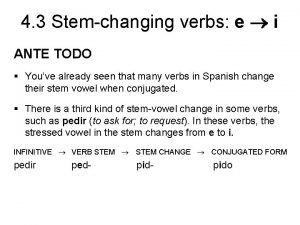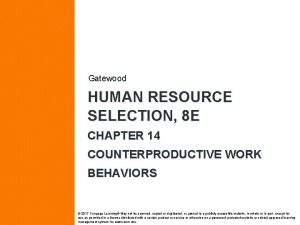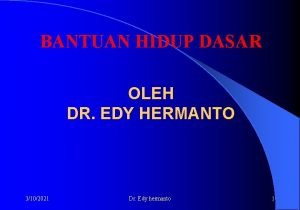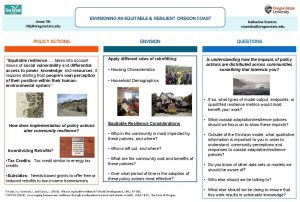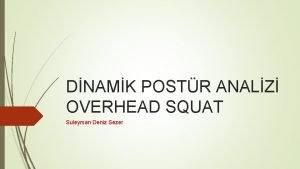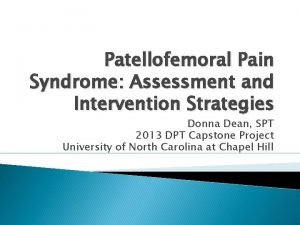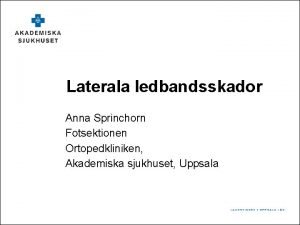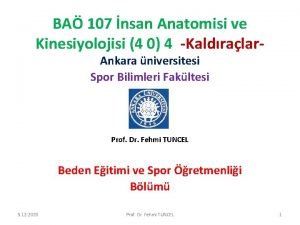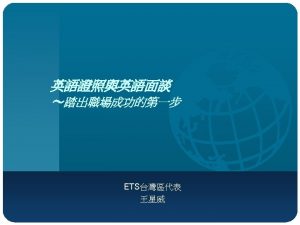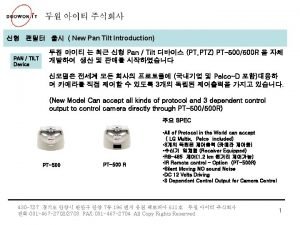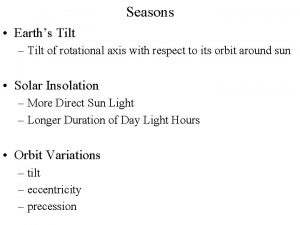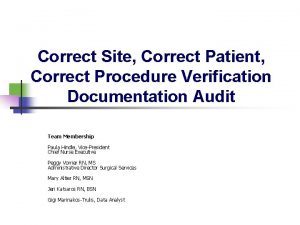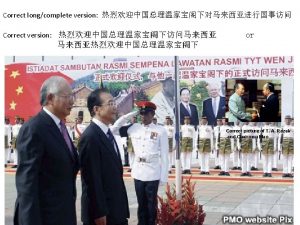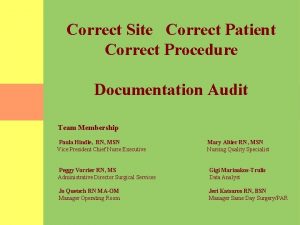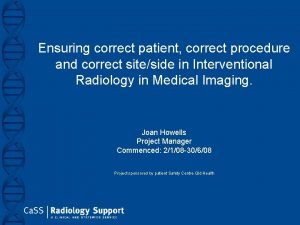Can tilt tests provide correct insight regarding frictional


















- Slides: 18

Can tilt tests provide correct insight regarding frictional behavior of sandstone under seismic excitation? Y. M. Hsieh, K. C. Lee*, F. S. Jeng and T. H. Huang National Taiwan University of Science and Technology September 22, 2009 An International Conference in Commemoration of the 10 th Anniversary of the Chi-Chi Earthquake

Outlines p p p p p Introduction Purposes Methodology Differences on μt and μc Factors affecting μc Observed μi(t) after initiation of sliding Effect of excitation frequency on μi(t) Discussion Conclusion 2

Introduction (1/2) (Chen, 1999 ) Wedge failure (Lee, 2004 ) 3

Introduction (2/2) • Friction angle or friction coefficient obtained from tilt test is questionable when applied to dynamic problems. • For slope stability analyses considering only the gravity effect, tilt test is a convenient and reasonable test method for measuring friction coefficient or friction angle. 4

Purposes p the applicability of tilt test measured friction coefficients on determining the sliding threshold of earthquake-induced block slides is discussed. p The discussion is facilitated by comparing the sliding thresholds obtained from u measured using the proposed small-scale laboratory tests versus u calculated using tilt test measured friction coefficient. 5

Methodology (1/3) • Tilt test μt • Shaking table test (Barton and Choubey (1977) ) • Uniaxial accelerometers at A 1, A 2, A 3 positions • High precision laser displacement sensors at L 1 and L 2 positions 6

Methodology (2/3) • Instantaneous Friction Coefficient μi(t) Note: when t=ti μc= μi(ti) (instantaneous critical friction coefficient) 7

Methodology (3/3) • Laboratory test program 1 2 3 8

1. Differences on μt and μc 73. 39% 50. 25% 41. 91% 9

2. Factors affecting μc (1/2) Frequency of excitation 0 o 5 o 10 o The measured were affected by excitation frequency of 4 Hz, 6 Hz, and 8 Hz. (Synthetic sandstone) 10

2. Factors affecting μc (2/2) Affects of normal stresses 4 Hz 6 Hz 8 Hz 11

3. Observed μi(t) after initiation of sliding (1/2) Point A μc=0. 25 (Olsson et al, 1998) 12

3. Observed μi(t) after initiation of sliding (2/2) (Olsson et al, 1998) 13

3. Effect of excitation frequency on μi(t) 14

Discussion (1/2) under static condition under seismic excitation condition 15

Discussion (2/2) 16

Conclusion • The sliding threshold should be measured using dynamic tests such as shaking table tests used in this study. • During excitation, the inertial forces of the sliding block cause non-uniformity of normal stresses, and indirectly cause reductions to friction coefficients, thus, larger displacements. • In order to establish rock block or rock slope sliding models during excitation, it is necessary to use frictional model based measured behaviors on real rock materials or synthetic rock materials. 17

Thanks for your attentions K. C. Lee f 93521113@ntu. edu. tw
 ıniqlo
ıniqlo Intentalo repetir arturo y eva repiten
Intentalo repetir arturo y eva repiten Managers can use overt integrity tests to
Managers can use overt integrity tests to Head tilt chin lift jaw thrust
Head tilt chin lift jaw thrust What does earths tilt do
What does earths tilt do Jenna tilt
Jenna tilt Süleyman deniz sezer
Süleyman deniz sezer Head tilt chin lift jaw thrust
Head tilt chin lift jaw thrust Patella tilt angle
Patella tilt angle Transparency in learning and teaching
Transparency in learning and teaching Cara menghitung skewness data tunggal
Cara menghitung skewness data tunggal Movin on up minute to win it game
Movin on up minute to win it game Airway anatomy anesthesia
Airway anatomy anesthesia Establishing shot camera angle
Establishing shot camera angle Cpr in physical education
Cpr in physical education Axillary lateral view
Axillary lateral view Hauled container system and stationary container system
Hauled container system and stationary container system Fotledsgaffel
Fotledsgaffel Bao kaynakları
Bao kaynakları

